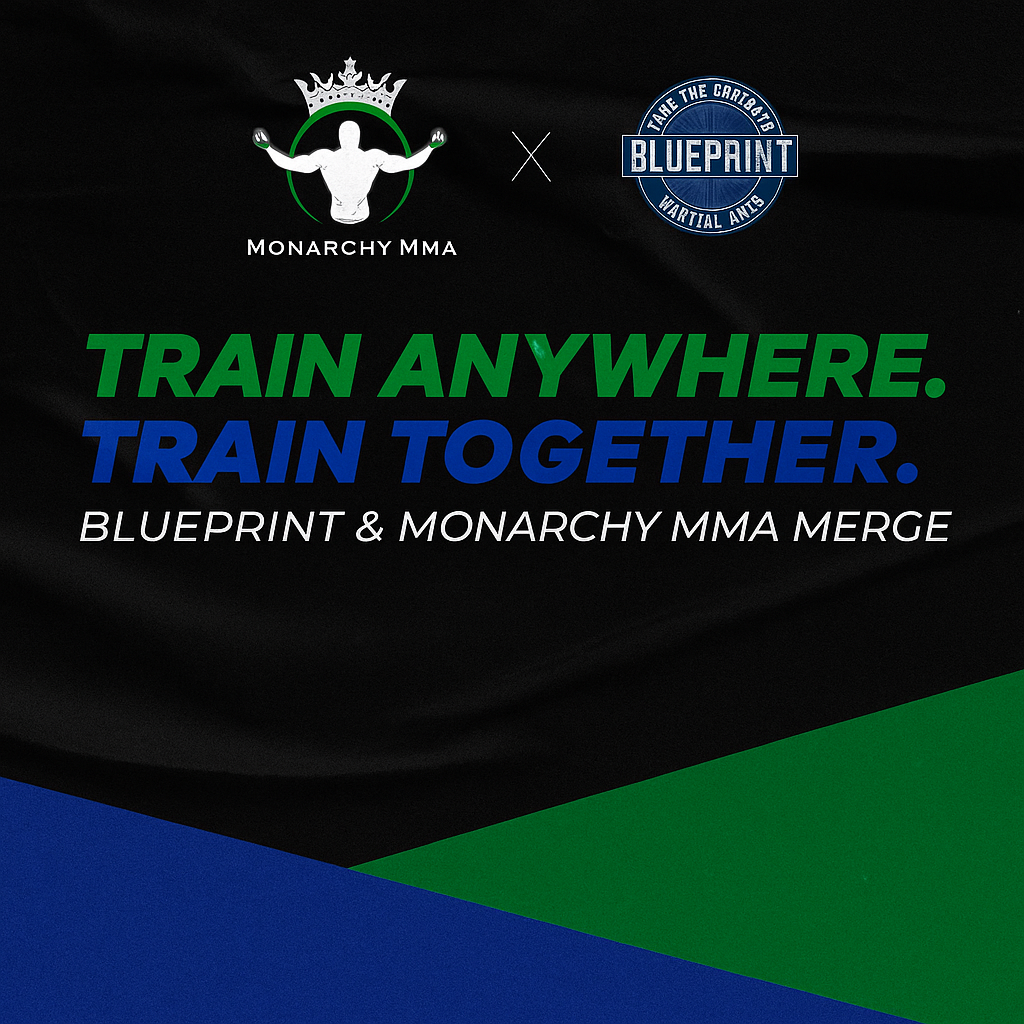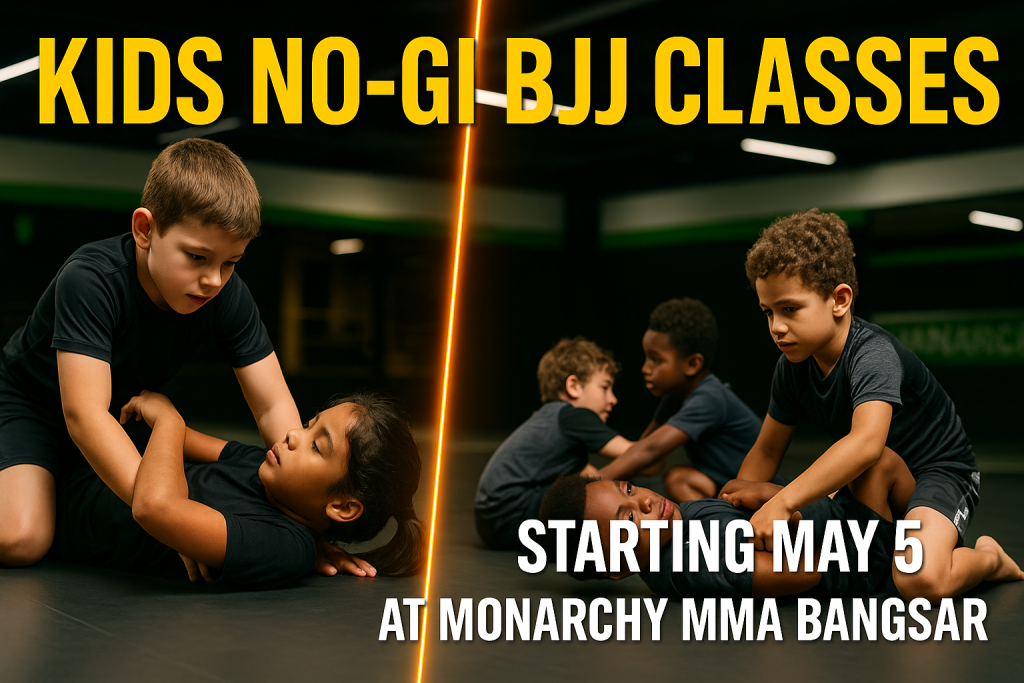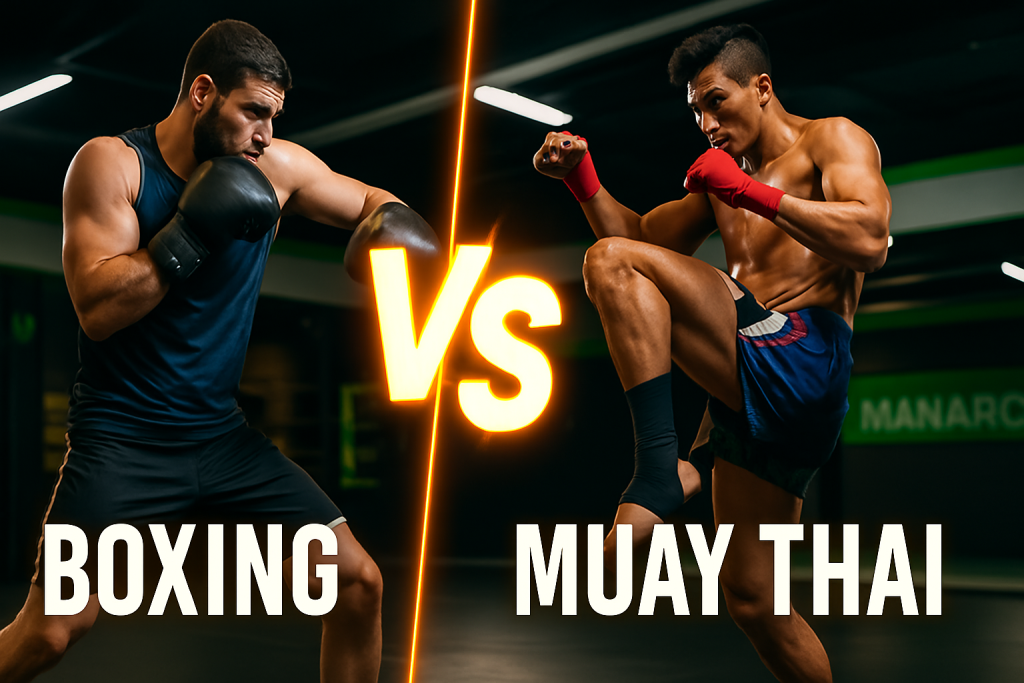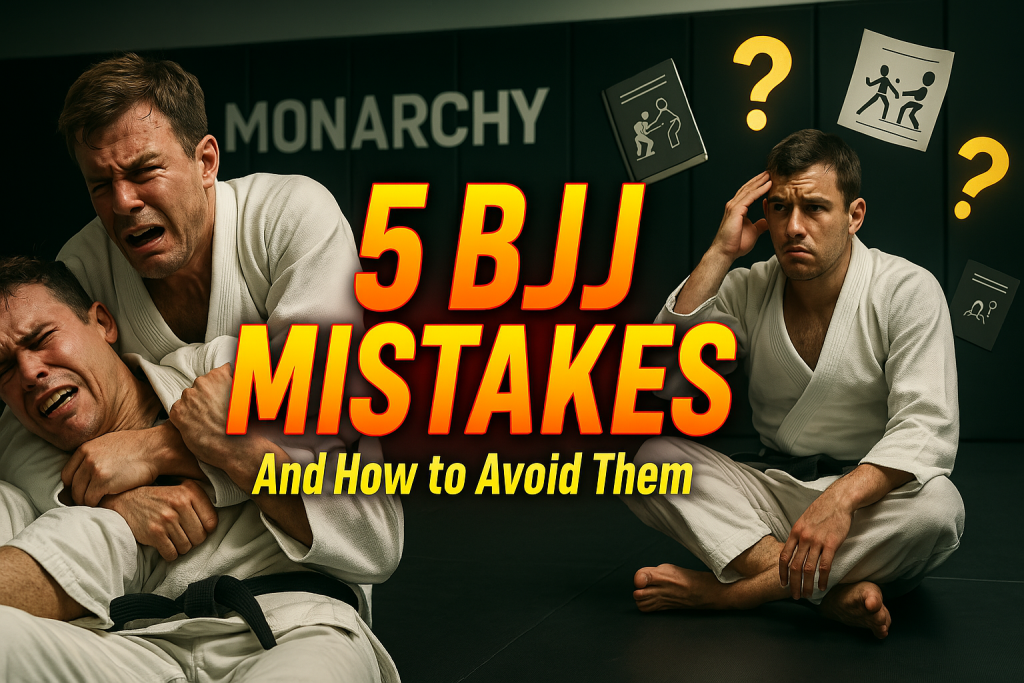MMA Takedown
To explain why takedowns in a Mixed Martial Arts set up needs to be a separate class, we need to first understand & differentiate the various Martial Arts with the takedown as the main (or partial) objective.
Posture in each “pure” grappling disciplines
How vertical the stance is, has to do with whether or not the legs can be directly attacked, in a non striking atmosphere.
In Judo, the posture is more vertical, as grabbing bellow the waist with arms is forbidden. Also playing in a crouched stance, will lead to a Shido (penalty).
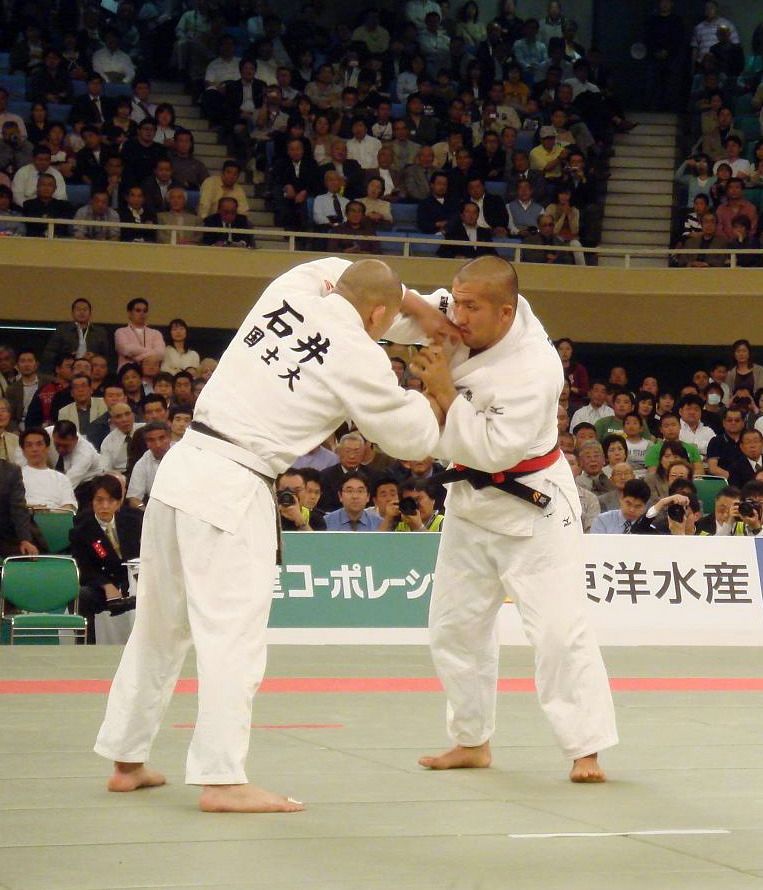
Judo practioners grip fighting.
Greco-Roman is basically no-gi Judo: they are not wearing any kimono, but grabbing below the waist is still not allowed. So their stance is still pretty vertical, but slightly less than Judo because the grip fighting is more- but not exclusively- about fishing under hooks and collar ties, which causes a bit of a lean.
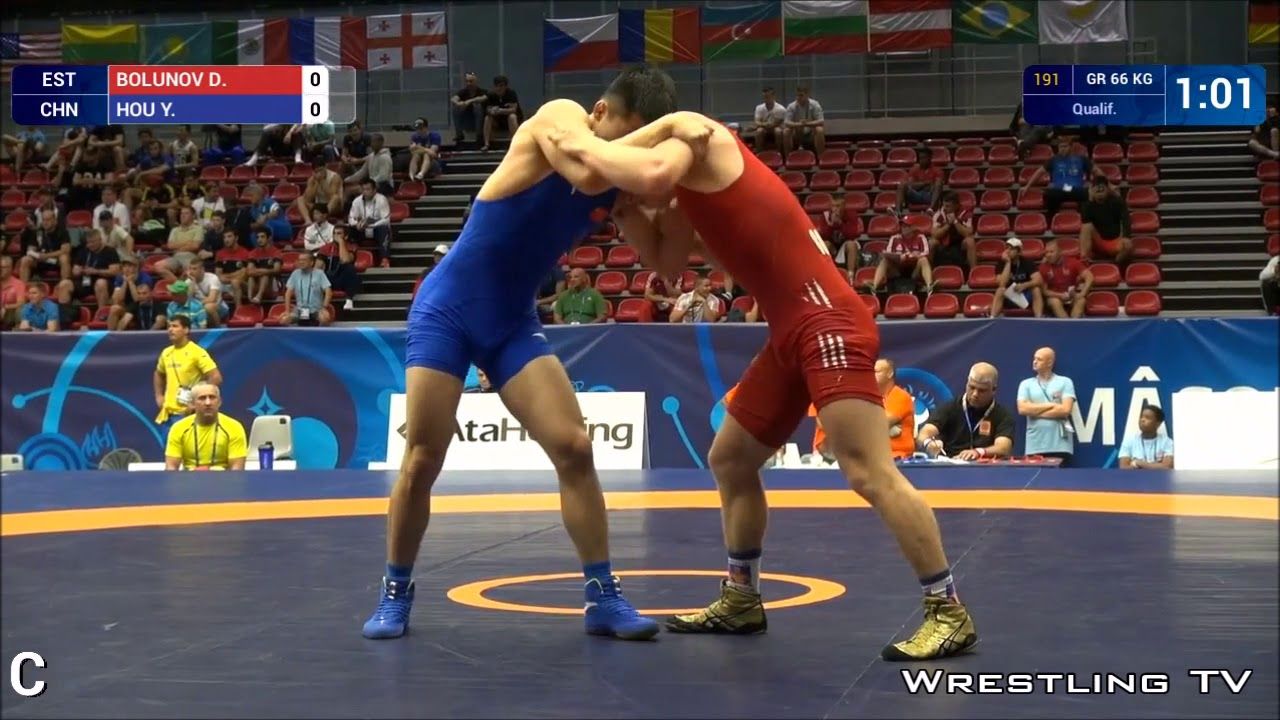
Greco-Roman practitioners engaging.
In freestyle wrestling, leg attacks become a factor, so the posture changes accordingly to a lower & more hunched stance.
They are hiding their hips from each other. Accomplishing a successful takedown and back pin to the floor is its main objective.
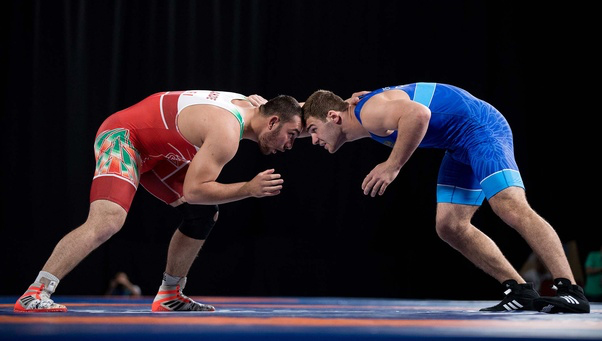
The Freestyle Wrestling stance.
A Brazilian Jiu-Jitsu (BJJ) NO-GI stance looks a lot like freestyle wrestling because an opponent’s legs can be grabbed, but since submission is the main objective and not the pin, one could give up attempting scoring points on the takedown and skip straight to a butt-scoot, where they scoot around on the ground to lure you into a leglock or butterfly guard, or guard pull.

2 BJJ NoGi practionners engaging on the stand-up.
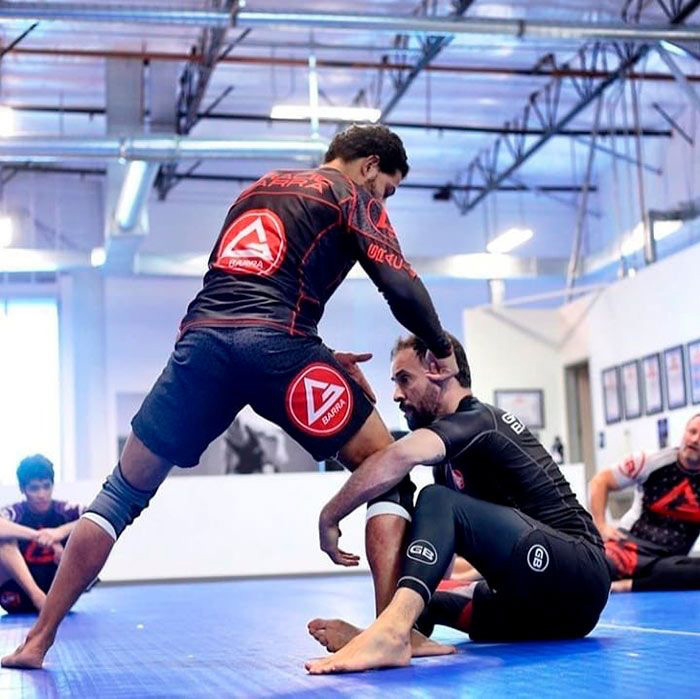
BJJ NoGi practionner giving up the takedown game to butt scoop straight to opponents’ leg.
BJJ with the Gi looks like a mixture of Judo and freestyle wrestling. Leg takedowns are legal, but they’re much more difficult to get ahold of because of grips on the Gi.
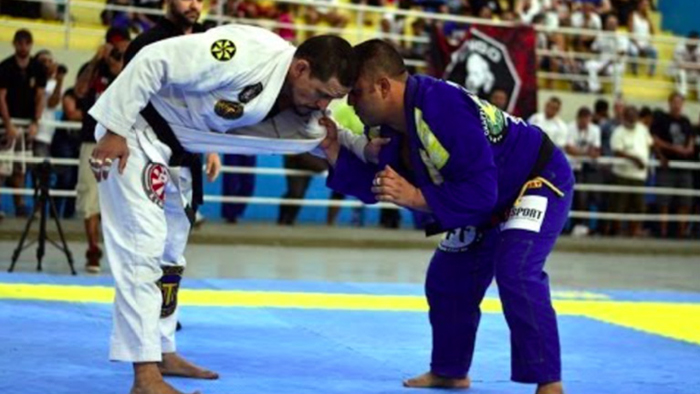
BJJ practionners grip fighting standing up.
There is also a dynamic in BJJ that because upper waist attacks from the bottom like sweeps, reversals, leglocks, chokes, armbars, omoplatas, and kimura are so common, some BJJ practitioners prefer to ensure that they start the ground fight with the grips and guard they want over risking being taken down on their opponent’s terms.
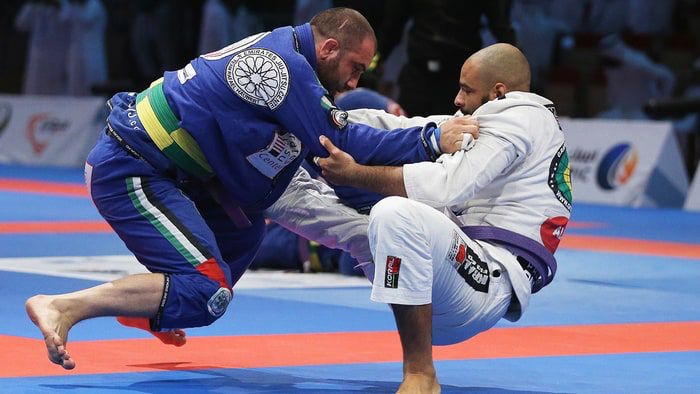
BJJ practionner choosing to pull guard instead of fighting for the takedown.
Posture in MMA
Because of the presence of strikes in MMA, the posture is as vertical as in Judo, the only thing that differs is that leg grabbing is allowed.
Shooting for an athlete’s legs who is standing straight, allows one to have a better opening as opposed to getting someone below the waist without a proper stance to defend these low attacks.
However, when one stands up straight, they are in a much more suitable position to strike (a person shooting for their legs).
Therefore, just by the two differences mentioned above, a transition needs to be done to apply efficient takedowns in MMA.
More adaptation must be taken considering the distance at which a takedown shot is initiated and the conditions in which a shot has to be performed in the presence of striking in a different ruleset.
Distance
In the above examples of martial arts explained, the takedowns initiated are mostly – but not exclusively – from a certain clinch, while in MMA, it is the opposite.
So additionally to standing vertically straight, the takedown shots are mostly initiated from a distance.

Takedown in MMA initiated from a distance.
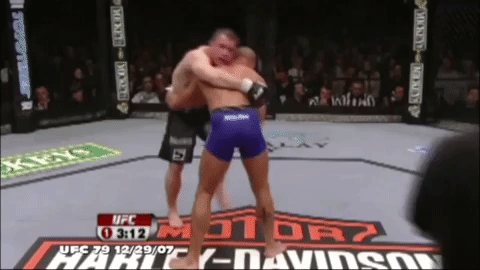
Takedown in MMA performed from the clinch.
The penetration shot
Before taking down an opponent, he has to be grabbed after a penetration shot was initiated, which sometimes (if defended properly) could result in spending substantial time on the knees under the defending opponent.
The dynamic change compared to the non-striking disciplines mentioned earlier, when adding strikes on the ground, especially in rules sets in which knees to the head to a grounded opponent are allowed.
In those circumstances, the person initiating the takedown, cannot “park” forever under his opponent throwing shots.
There is a much greater sense of urgency to complete the takedown in MMA or quickly disengage, in case of a failed one, just like being on the bottom playing some Jiu-Jitsu in an MMA setup.
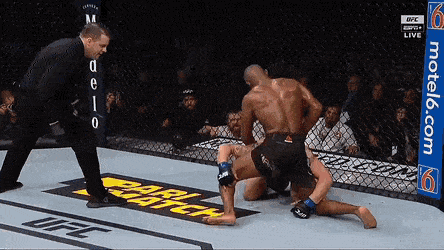
Punches landing from a stuffed takedown attempt
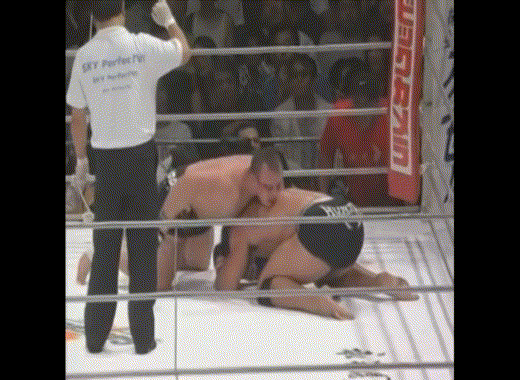
Knees to the head landing from a sprawl
Timing
Because of the existence of a striking setup on the feet, takedown shots need to be combined with a proper tempo, mixing footwork, head movements, level change & feints to avoid getting caught with some strikes on the way in.
Most importantly, the timing of the takedown shot is crucial.
Former UFC Heavyweight Champion Frank Mir praising GSP s timing for his takedowns in MMA whilst not being from a Wrestling background.
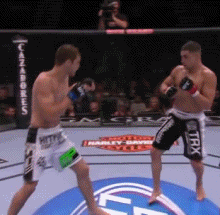
Fighter getting caught with a knee during a takedown shot attempt.
Coach Mehdi is responsible for the MMA Takedown class. His long experience & extensive knowledge in Wrestling combined with his transition into MMA since 2015, makes him the perfect coach to teach, and break down each step of the way to apply a perfect takedown for an MMA setup.

